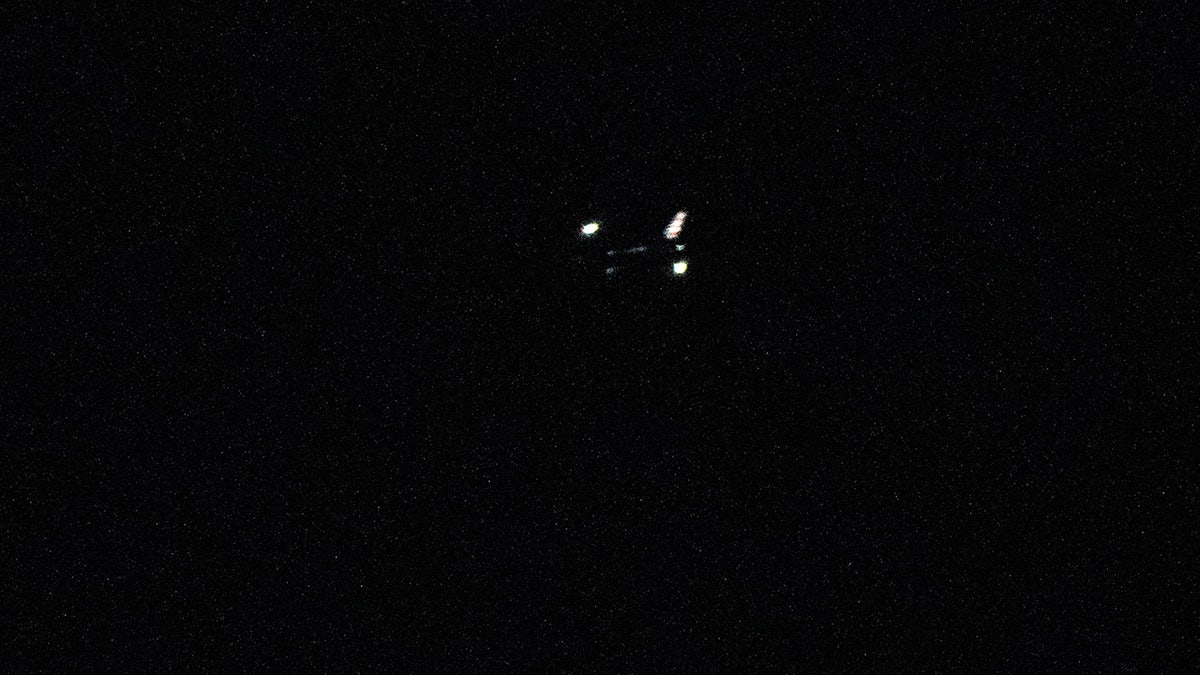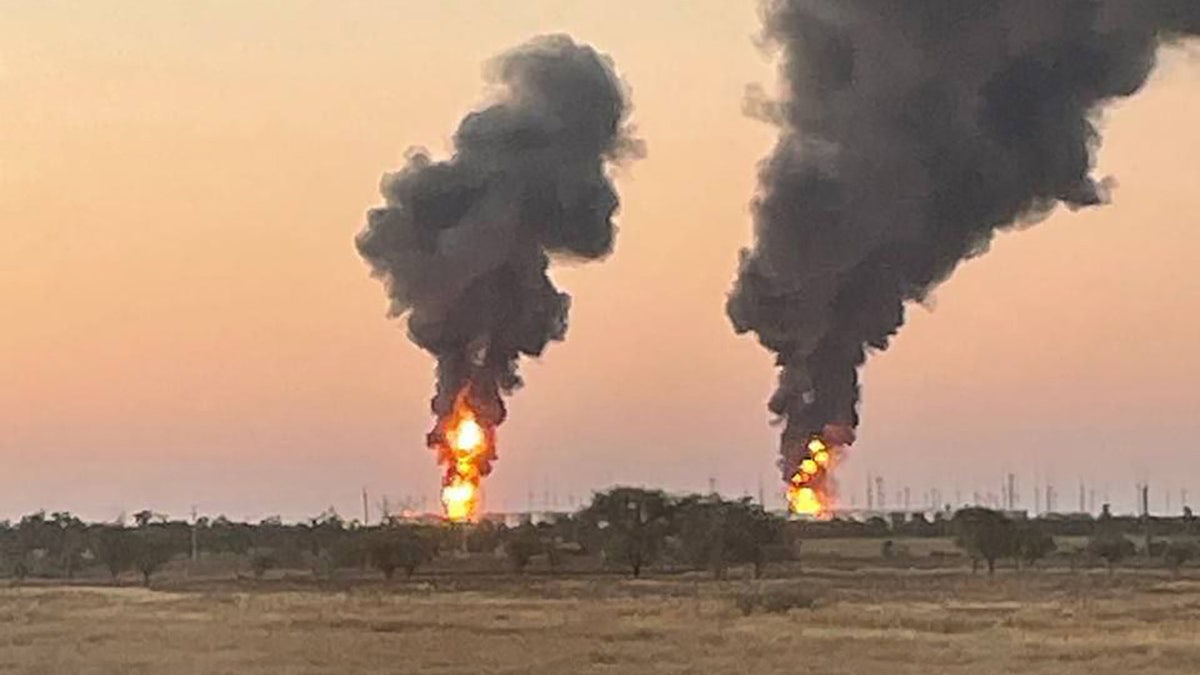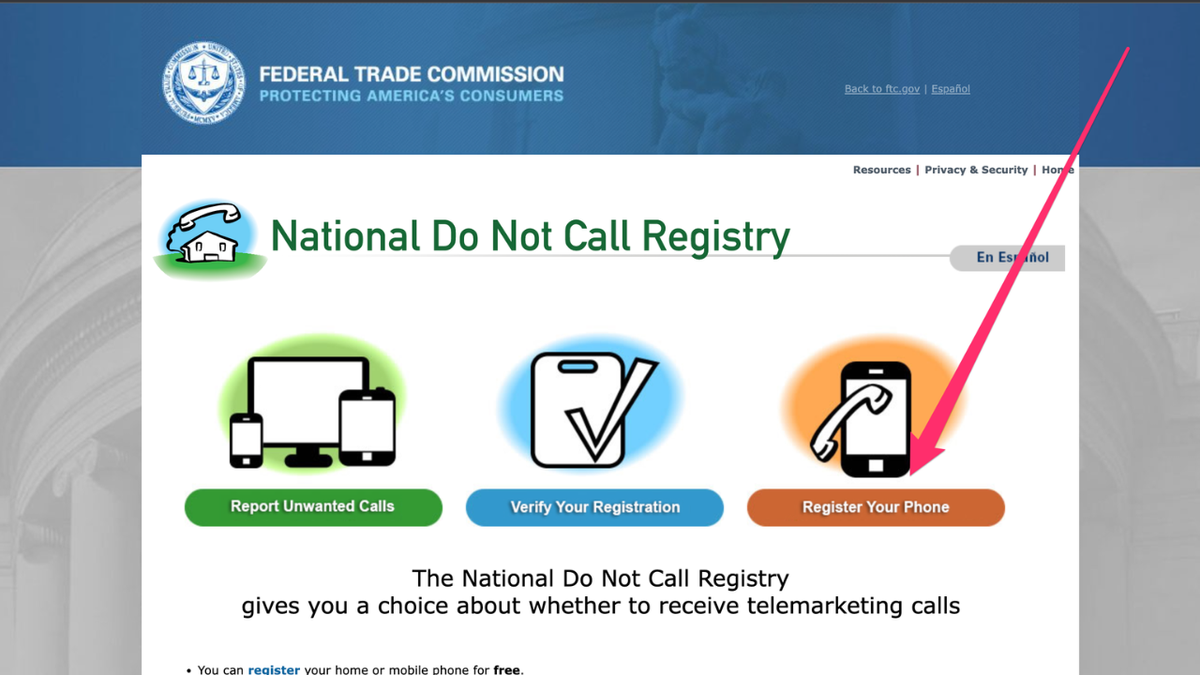Recent drone sightings across the United States have sparked concern and raised questions about our national security preparedness. From New Jersey to Connecticut and Southern California, these unidentified aircraft have been observed near critical infrastructure, including reservoirs and even nuclear sites, fueling public anxiety and highlighting a seeming lack of government transparency.
While the White House claims an inability to verify these sightings, the lack of clear answers creates more questions than it answers. How can officials dismiss these drones as non-threats when their origin and purpose remain unknown? This uncertainty breeds paranoia and distrust, leaving citizens wondering if every object in the sky is a potential threat.
The potential dangers posed by these drones are significant. Beyond simple surveillance, drones can be equipped with advanced sensors capable of collecting sensitive data, from cell phone signals and IP addresses to even nuclear radiation. A brief flight over a critical location is all it takes to compromise national security.
The current legal framework further complicates the situation. Civilians are prohibited from intervening, even in the face of a potential attack, while the government appears hesitant to take action. This inaction creates a dangerous precedent, leaving the nation vulnerable to potential drone-based attacks.
One prevailing theory suggests these drones may be part of a clandestine military operation gone awry. If true, this points to a concerning lack of oversight and accountability within the government. Properly conducted military tests involve extensive coordination and transparency, not secrecy and public confusion.
The lack of clear communication from officials is a disservice to the public. Downplaying potential threats without concrete evidence erodes public trust and creates a climate of fear. It's crucial for authorities to acknowledge the potential dangers and provide transparent updates on the ongoing investigation.
This situation also exposes a critical gap in our law enforcement agencies' understanding of drone technology. They lack the necessary tools and training to effectively detect, monitor, and neutralize rogue drones. Investing in advanced counter-drone technology and providing comprehensive training to law enforcement personnel is crucial for addressing this evolving threat.
The current regulatory landscape, overseen by the FAA, has hindered the development and deployment of effective counter-drone measures. Outdated laws and bureaucratic hurdles have left the U.S. lagging behind in this critical area. A comprehensive overhaul of drone regulations is needed to empower law enforcement and ensure the safety of our airspace.
Fortunately, solutions are available. Drones are not invisible; they have unique signatures that can be tracked and identified. Countermeasures, including radar systems, jamming technology, drone hijacking, and even directed energy weapons, can effectively neutralize these threats. The key is to invest in these technologies and equip our law enforcement agencies with the tools and knowledge they need.
The government's response to these drone sightings has been inadequate and concerning. Their lack of transparency and inability to address the problem has created a crisis of confidence. It's time for our leaders to take this threat seriously, invest in effective countermeasures, and provide the public with the answers they deserve.












